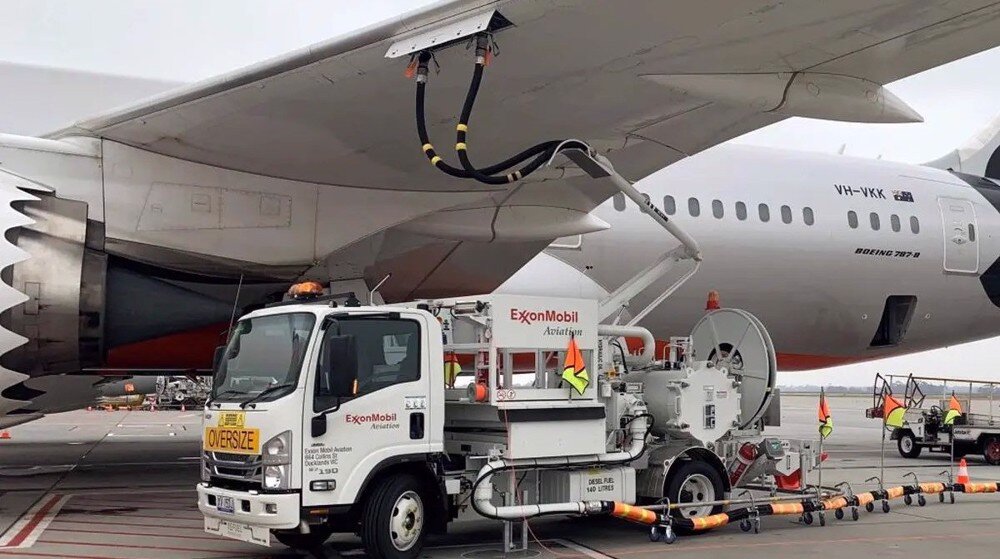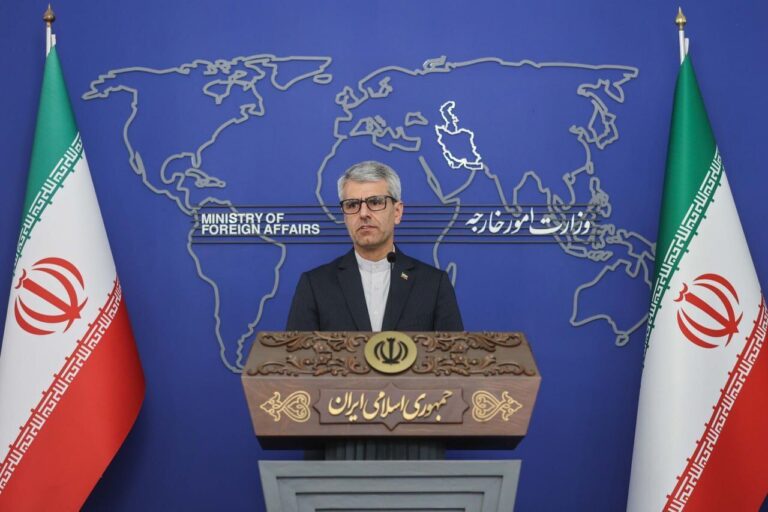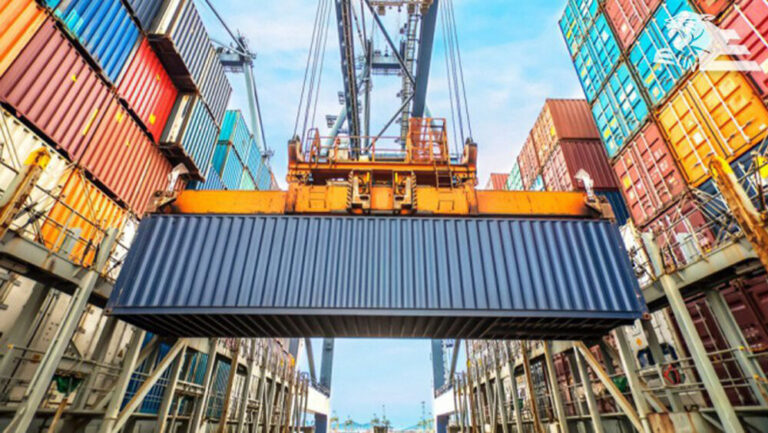Iran Sees Jet Fuel Consumption Surge by Over 6% Year-on-Year Through March
In a significant development for Iran’s civil aviation sector, the head of the Aviation Refueling Department has reported impressive figures regarding jet fuel supply. This increase in activity comes despite ongoing sanctions that have affected the industry.
According to a report by Press TV, Iman Jannatkhah revealed that the 57 branches of the Aviation Refueling Department throughout Iran supplied more than 1.572 billion liters of jet fuel to aircraft in the year leading up to March 20. This marks a notable increase of nearly 100 million liters compared to the previous year.
Key insights from the report include:
- Jet fuel was provided to 212,886 planes in the last calendar year.
- The daily consumption of jet fuel has risen by nearly 250,000 liters, reaching a total of approximately 4.308 million liters.
- This supply supported 583 flights daily.
These figures indicate a positive trend in Iran’s civil aviation sector, showcasing resilience in the face of challenges posed by international sanctions. The sanctions imposed by the United States and the European Union have limited Iranian airlines’ abilities to acquire new aircraft and expand their flight operations, alleging that these airlines support military activities.
In addition to these developments, it was reported in November that the Iranian government plans to cease its subsidies for jet fuel provided to domestic airlines. This decision is aimed at saving nearly $1 billion in annual budget expenditures and reflects the government’s efforts to manage economic pressures.
This move has raised concerns among airline operators and industry stakeholders, who fear that the removal of subsidies could lead to increased operational costs and potentially higher ticket prices for consumers. Despite these challenges, the reported increase in jet fuel supply points to a growing demand for air travel within Iran, as the country navigates its unique economic landscape.
In summary, the recent statistics from the Aviation Refueling Department highlight a robust performance in the civil aviation sector, suggesting that even amid sanctions and economic challenges, there is a steady demand for air travel in Iran. The government’s decision to halt subsidies, however, will undoubtedly present new challenges for the industry moving forward.
As the Iranian aviation industry adapts to these changes, it will be essential to monitor how these shifts affect the broader travel landscape and what measures can be taken to sustain growth in the face of adversity. The resilience shown by the sector could serve as a model for other industries facing similar challenges globally.
In conclusion, the Iranian aviation sector continues to demonstrate its capacity for growth and adaptation despite external pressures. With significant jet fuel supplies and an increase in flight operations, the outlook remains cautiously optimistic for the future of air travel within the country.






